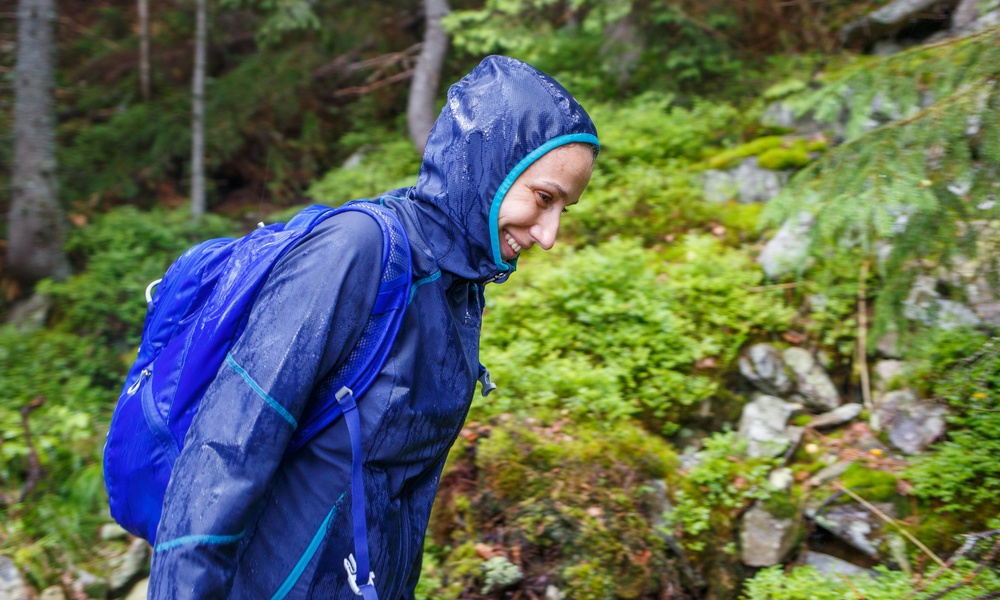No matter the season, the art of layering is one of the biggest secrets to enjoying the great outdoors. Whether you’re hiking through a dense forest, camping under the stars, or trekking through the pouring rain, the right combination of layers will help you stay warm, dry, and comfortable throughout the day. Before you head out on your next adventure, discover these layering tips to stay comfortable in any weather.
Why Layering Matters
Layering is about staying warm while keeping yourself adaptable to unexpected situations. Particularly if you’re heading into the mountains or another unpredictable climate, the weather can change quickly. With good layering, you’re able to remove or add pieces as temperatures and conditions shift, keeping you prepared for anything nature throws your way.
The best part? Layering prevents overheating, minimizes discomfort, and protects you from the elements. Even more, proper layering helps you get comfortable sleep outdoors.
The Three Essential Layers You Need
In order to stay warm without overheating, you need to focus on three key layers.
1. Base Layer—Stay Dry
Your base layer is your foundation and will wick moisture away from your skin. Choose materials like merino wool or synthetic fabrics like polyester. These fabrics pull sweat away from your skin, keeping you dry and preventing that miserable clammy feeling. Cotton, on the other hand, absorbs moisture and takes a long time to dry. Since this can make you cold and uncomfortable, skip cotton altogether.
2. Mid Layer—Stay Warm
Think of this layer as your insulator and look for fleece, down, or synthetic options to trap heat and keep you cozy. Depending on the weather, you’ll need to use a thicker or a thinner mid layer, so make sure to plan accordingly.
3. Outer Layer—Stay Protected
This layer guards you from wind, rain, and snow. With this in mind, choose a breathable and waterproof outer layer. A must-have for hikers and campers alike, a high-visibility (hi-vis) rain jacket will shield you from the elements and keep you visible to others. Plus, these jackets are lightweight and easy to pack or carry.
However, you must know what to look for in hi-vis rain jackets—features like adjustable hoods and taped seams provide extra protection during heavy rain.
Adjusting Your Layers for Comfort
- Feeling too warm? Remove your mid-layer first.
- Hit with unexpected rain? Throw on your trusty hi-vis rain jacket to stay dry.
- Wind picking up? Tighten the hood and cuffs of your outer layer to block cold drafts.
By layering strategically, you’ll always stay comfortable without adding unnecessary weight to your pack.
Gear Up and Get Out
No matter the weather, layering correctly prepares you for any adventure. By following these essential layering tips, you can stay comfortable in any weather. Now that you have the information you need, it’s time to gear up and hit the trail!


